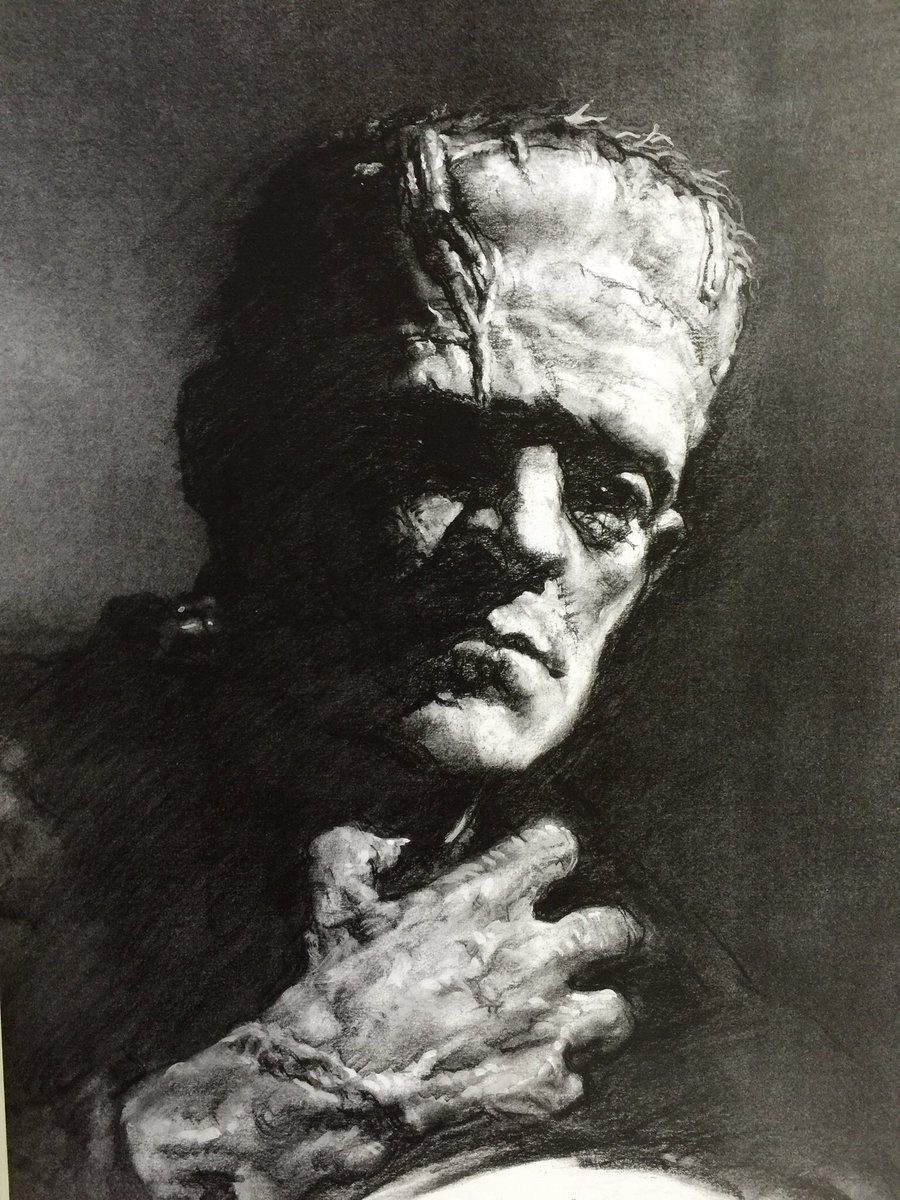Atten-shun!! Get ready to muster for some good family entertainment with The Private War of Major Benson, a little-known gem of a comedy from Universal Pictures.
Charlton Heston stars as Major Benson, an overly strict army officer but one whose bark is worse than his bite. He opened his mouth once too often and ended up being booted from active service and assigned to command a military boarding school co-run by Catholic nuns. The "men" he needs to drill into soldiers range from age six to fifteen, one of whom has trouble keeping his pants up.
"We've gotta turn these milkshake drinking school boys into whiskey drinking soldiers!"If it isn't humiliating enough to be in this position, Major Benson gets pegged ten notches lower when the boys go over his head and sign a petition to have him ousted. Benson then does some soul searching to discover where he went wrong as a leader and, with the aid of Mother Redempta (Nana Bryant) and the lovely Ms. Lambert (Julie Adams), he tries to win back their approval.
The Private War of Major Benson was one of many entertaining family comedies that Universal Pictures released in the 1950s. This came a year before Heston donned sandals and staff to portray Moses in Cecil B. DeMille's The Ten Commandments. No matter how rough Heston pretended to be as Major Benson, he still comes out looking like a swell guy - a little chipped, but still lovable.
At least, the school's doctor Ms. Lambert aka "Lammy" thinks so. The boys think otherwise, especially little "Tiger" played by the scene-stealing Tim Hovey. The other boys who consider Benson a fink include Tim Considine, Sal Mineo, Butch Jones and Gary Pagett.
"This is our school's founder. He was canonized in 1857." - Mother Redempta [showing Benson a portrait of a priest]
"Aw, gee... That's too bad." - Major Benson
Jerry Hopper does a great job of directing The Private War of Major Benson and keeps the fun going from start to finish. The script was penned by Joe Connelly and Bob Mosher who later created "Leave it to Beaver" on television. Also in the cast is William Demarest as the school's handyman, Milburn Stone as Benson's commanding officer, and Don Haggerty. Major Benson doesn't have the makings of a four-star general, but he gets four stars for entertainment!











































